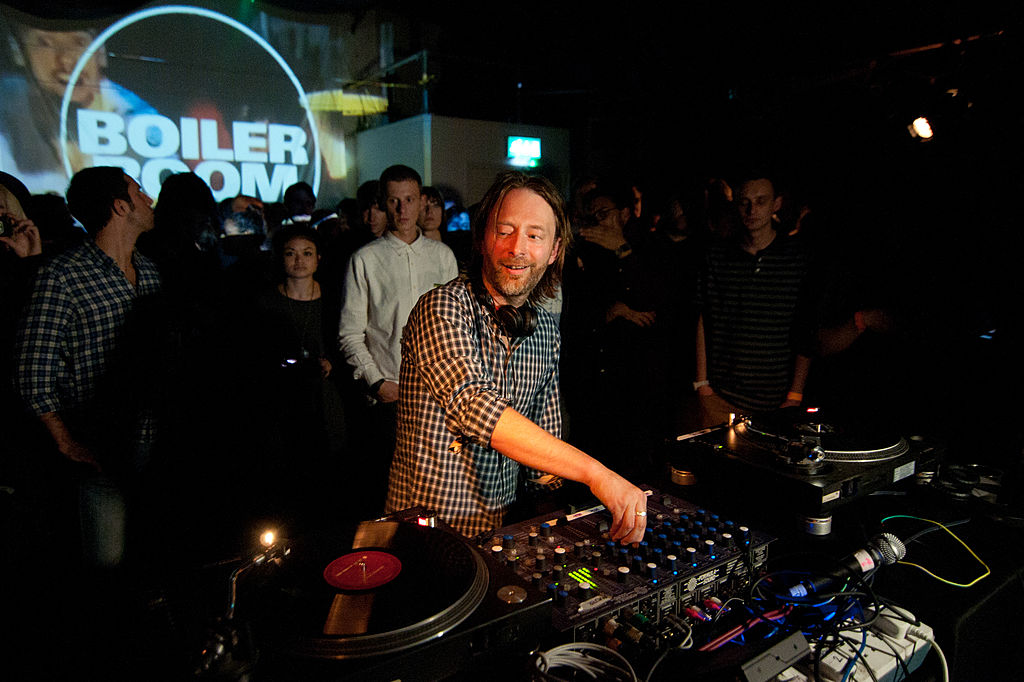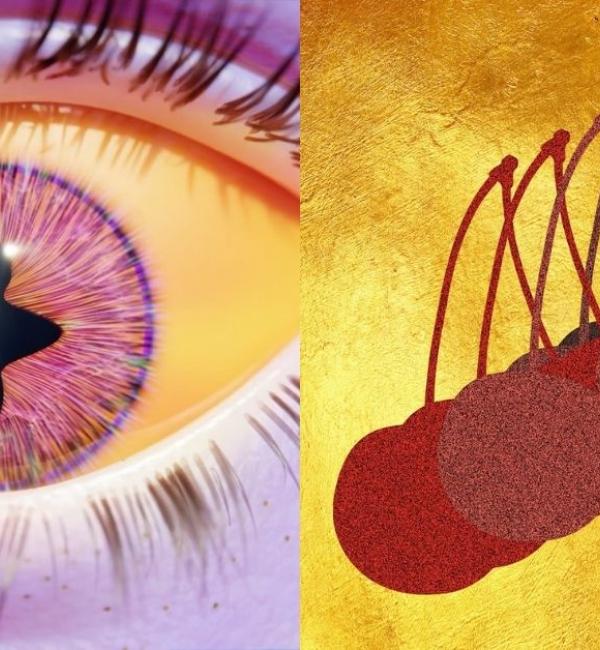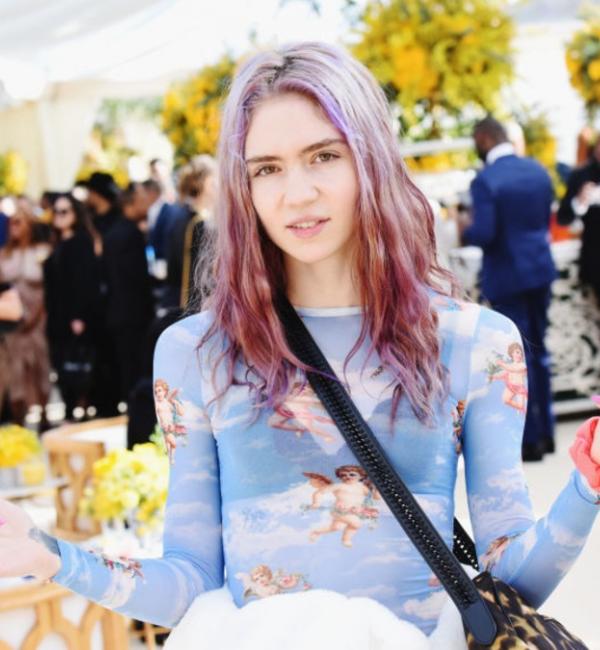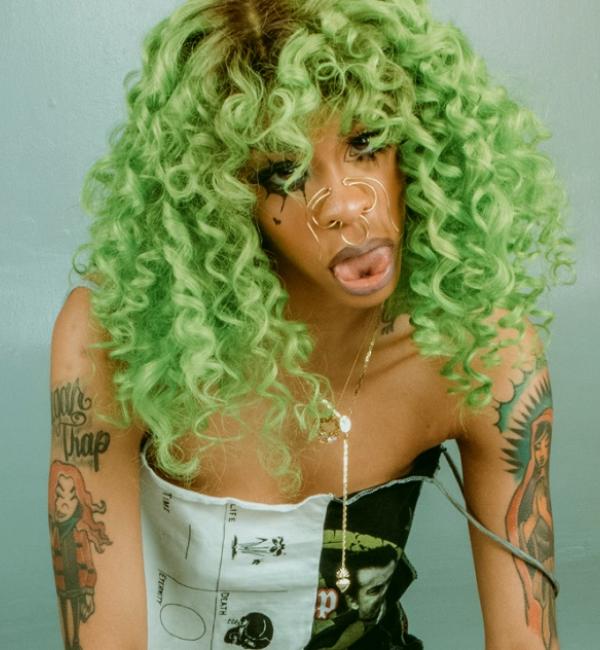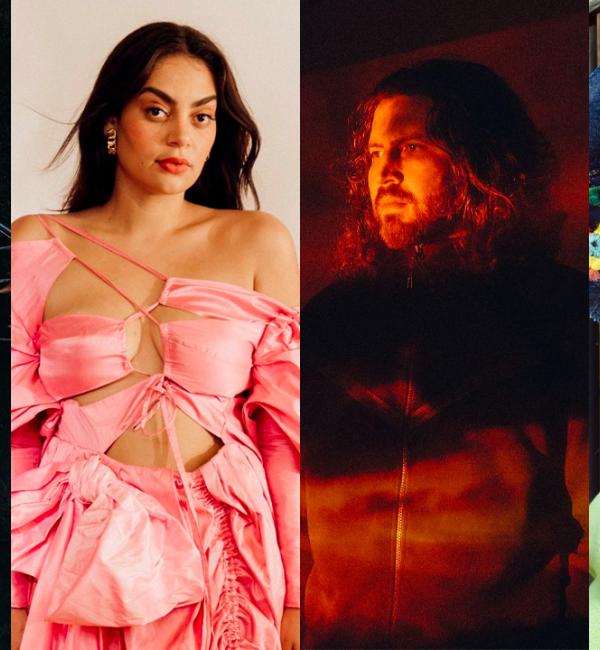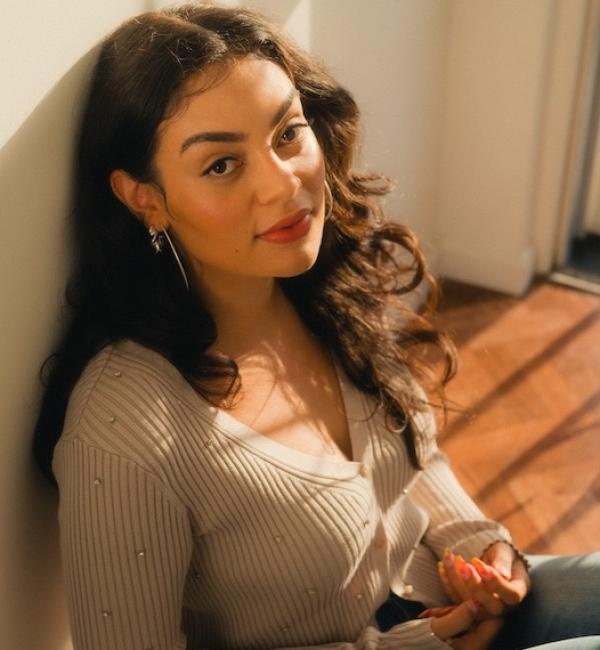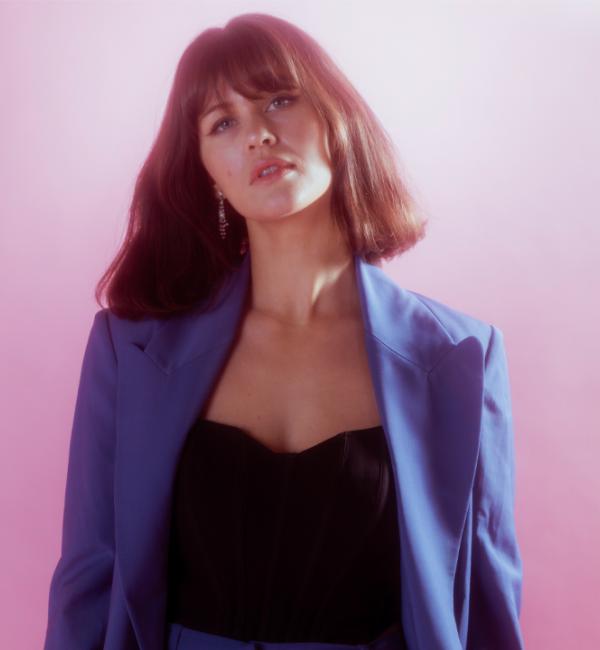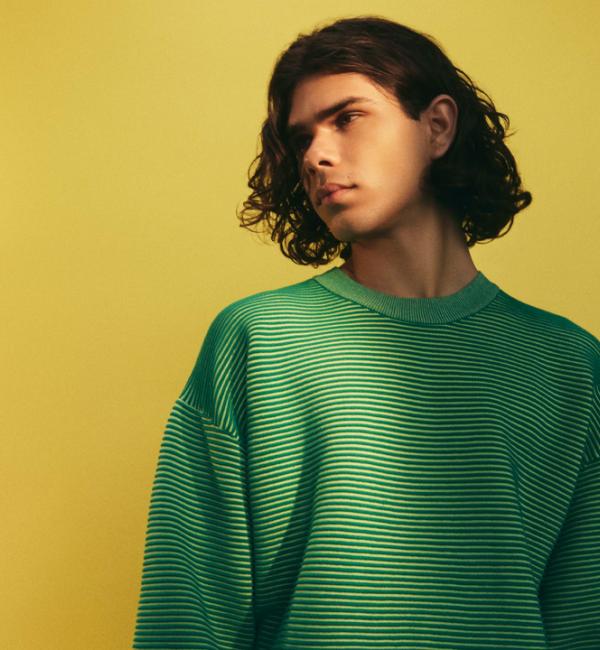
What's your favourite Boiler Room moment? Maybe it was when Grimes took over in 2013 and everyone was adamant she was trolling. Or it could be the time Michael Jukeson played a barely audible IDM set and changed and changed his shirt over 20 times.
Boiler Room has been changing our perspective for over 10 years. By turning the camera onto the DJ and subsequently placing the crowd behind them, the London-based team found a way to make the club an immersive experience for people at home. And we've seen crowds, performers, DJs and musicians play to the camera in some of the weirdest, funniest and most exciting ways.
To celebrate 200 cities and 8000 transmissions ahead of Boiler Room Ten: Sydney, we look back at how it all began and how this internet sensation took over the world.
2010: The Beginnings
Back in March 2010, Blaise Bellville invited Thristian Richards (who would become one of Boiler Room's co-founders) and NTS Radio founder, Femi Adeyemi to record a mix for his magazine, Platform. This coincided with Bellville trying to persuade investors to convert a warehouse into artist studios.
"One night I was wandering around the building and found this old boiler room, it was fucking cool," he told The Guardian in 2015. "I moved my turntables in there, bought a shitty little CDJ [cd turntable], and the plan was to record mixes each week. I realised we could record on a cheap camera and broadcast it live. It was like a teenage hangout in a bedroom."
Belville took the sign off the wall and decided it would be their logo. This is how Boiler Room got its name.
What looked to be a one-off mix became a weekly event. The format was simple, albeit entirely DIY. A web camera pointed to the front of the decks, while a group of people wandered and danced behind the guest DJ. Soon enough, people began to tune in regularly. It combined the feeling of being fly on the wall of an event from afar with the excitement of dance music.
By the end of the first year, Boiler Room had hosted the likes of Theo Parrish, Jamie xx, SBTRKT, Hudson Mohawke, Jamie Woon, Mount Kimbie, Falty DL, James Blake, and Ben UFO.
2011: On The Road
In August 2011, Boiler Room decided it was time to take their show on the road and share their joy across the globe. First stop was Germany, with music and festival curator Michael Stangl taking on the first run of shows in Berlin. Bellville, Thristian and the rest of the team decided they needed a superstar to anchor the lineup. They landed on Diplo. But the then-underground show wasn't ready for the music a mainstream name would bring.
"Diplo played the most awful set ever," Bellville told The Guardian. "He's a great DJ, but he thought he was in Vegas. But things like that provoked the reaction online that helped us find our voice. It allowed people to rally together and be like: 'We all think this is shit.' It was a turning point because we'd been wondering how to get bigger, and we realised that going more commercial wasn't the way. Our fan base liked underground music and so did we."
2012: The Brand Grows
The Boiler Room team realised it wasn't time to go commercial and instead focused on local scenes around the world. The key was finding hidden gems as the online audience demanded more underground music.
Snapping up a ticket to a show was in and of itself a flex, but the cultural clout of being on camera at a Boiler Room show became synonymous with the brand. Soon people were watching streams to catch audience members either making a fool of themselves or becoming tomorrow's best meme. Suddenly, if you didn't see it live on Boiler Room you were too late.
2013: Boiler Room hits Australia
In 2013, the London sensation made its way to our shores. Over five dates, parties in Perth, Sydney and Melbourne hosted sets from Cut Copy, Tornado Wallace, Andras Fox and more. And as Australia became swept up in the frenzy that was Boiler Room the brand started to gain some infamy online.
In August, Grimes played a special DJ set at producer Richie Hawtin's home in Ibiza. The set took a twisted turn that the Boiler Room community wasn't quite ready for. Playing songs by Taylor Swift, Nicki Minaj, The Venga Boys and even Mariah Carey's All I Want For Christmas Is You, suddenly everyone was talking about Boiler Room and whether Grimes was a troll. For what it's worth everyone at the party looked like they were having a great time.
According to Stereogum, she responded in a series of now-deleted tweets, writing: "Oh god, I wasn't trolling Boiler Room. I don't think there is a DJ rule book. I will leave it at this: nothing about anything I do is ironic."
2014: Pushing Boundaries
Some could say Grimes pushed Boiler Room over the edge because soon enough the brand was no longer characterised by dance music. A push towards classical music was an unexpected turn to say the least. Still, sets by Japanese composer Ryuichi Sakamoto and contemporary composer Nils Frahm signalled an exciting departure from the monolithic structure of the show.
As genres expanded, the shows themselves also became grander. "We did a broadcast from a Roman amphitheatre at Dimensions festival with Darkside and Caribou [in 2014]," Bellville told The Fader in 2016. It was beyond what we had ever achieved. We pulled it off and it was amazing. It opened up a door for us... Essentially it was taking the same policy and applying it to something that had nothing to do with a DJ set."
2015: "I want to reinvent music TV."
As Boiler Room celebrated its fifth anniversary, the team behind the streaming giant began to broaden their horizons and expand their dreams. In an interview with the Evening Standard, Bellville announced: "I want to reinvent music TV."
The company had grown to a staff of 40 people and had broadcast shows by more than 2,000 artists. "I guess music TV back in the day would have aggressively bought out airtime or network coverage in different countries to make sure their show was being shown to kids all around the world. We can't do that, we never would. Our attitude is always having to earn it."
Gabriel Szatan, Boiler Room's music editor, emailed The Guardian in 2015 with an interesting comparison: "Within the music world, Boiler Room is Uber," he wrote. "Rapid expansion, considerable disruption, and no small amount of backlash generated. Oh, plus it's fun. It's absurdly fun."
2016: Boiler Room Heads To China And Ends Their Chatroom
Ask anyone who attended a Boiler Room show, and they'll probably agree with Szatan — it is absurdly fun. And it wasn't before long the brand began exploring corners of the world it was yet to bring its hedonistic experiment to. In 2016 it was time for China to get the London underground treatment, beginning with a set from Disclosure.
But this mammoth occasion was likely overshadowed by another issue bubbling under the surface for nearly all five years of the streaming giant's existence. Boiler Room's streaming service, which was accompanied by a chatroom which encouraged discussion, community and transparency had taken an ugly turn.
The conversations in the chatroom became treacherous, with racist namecalling, rampant misogyny and abusive behaviours. Push finally came to shove when DJ Nightwave experienced explosive sexual abuse after their Boiler Room set. They took to social media and addressed the situation in the chatroom: "Talking smack on genres or tech is whatever, lame but par for the course. Misogyny / transphobia / racism / anything else personal is 10000% unacceptable."
However, Szatan told FACT that the end of the chatroom was simply a functional switch to Facebook. "Facebook Live has seriously taken off, the chatroom dwindled and if felt time to use that space on the site to push the same curious fans to related sets in the new Channel system. All positive at the end of the day."
2017: Virtual Reality Dance Music
In 2017, Boiler Room announced it had just released its first virtual stream in a partnership with Google Daydream VR. VR Dancefloors: Techno in Berlin allowed users to move through the Berlin club, casually check out the art installations and even interact with their surroundings.
2018: Documentary Season
After reaching the pinnacle of streaming with ventures in VR, it was time to turn to documentaries. Boiler Room launched a weekly series exploring overlooked music genres as well as a morning chat show called, Breakfast With Shy.
"We've had our roots in real-life experiences," said chief content officer Stephen Mai. "In the crowded market of digital content, that regular connection with audiences means they have a special relationship with our brand. There are so many stories that aren't being told around music, subcultures and youth. There's a massive opportunity for us to grow new audiences."
2019: Music Festival Time
For Boiler Room the sky is the limit and this became clear with the announcement of the company's first music festival. Based in Peckham's Copeland Park, each day focused on "one of the UK's most exciting underground scenes" spanning genres like jazz, rap, bass and club.
2020: To Another Decade
Now in its 10th year, Boiler Room looks to celebrate its second music festival as well as a slew of events all over the world. Sydney will be treated to an enviable lineup of international stars pushing house and techno, with a line-up boasting Ayebatonye, Bamounou, DJ BORING, Ex-Terrestrial, Merph and Nazira. If you want to be part of Boiler Room history, this is your chance.
Boiler Room TEN: Sydney hits Roundhouse, UNSW on Saturday, March 21.
